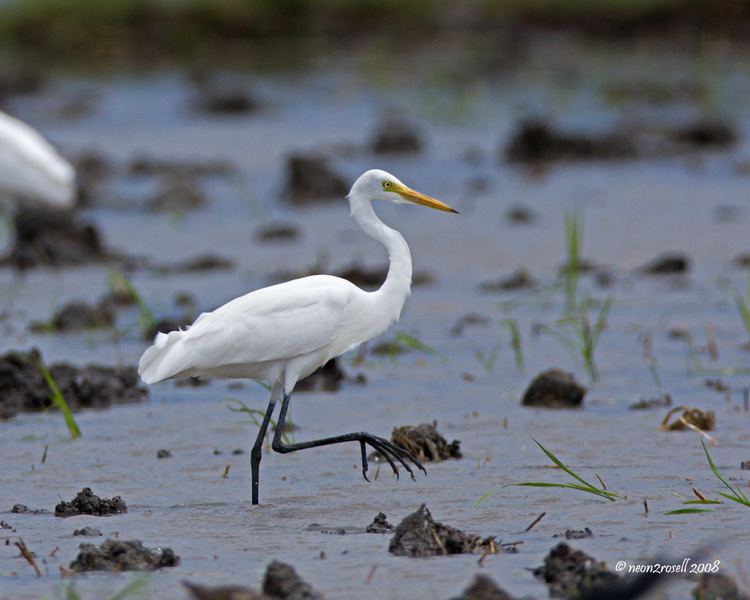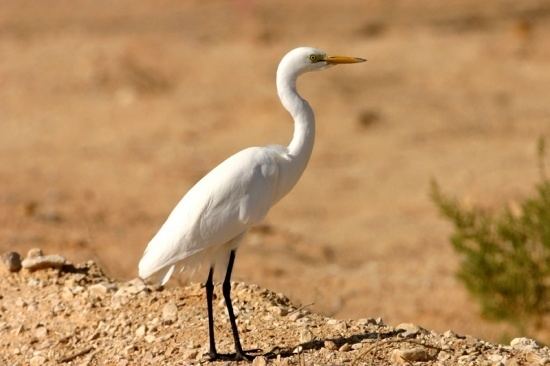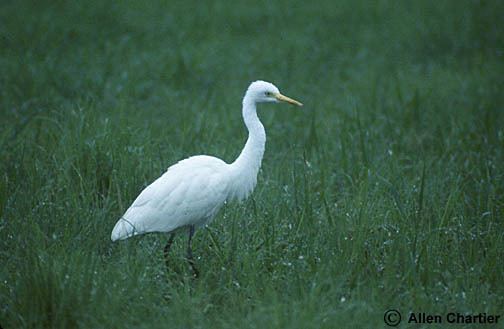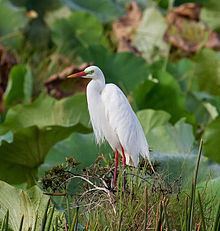Kingdom Animalia Order Pelecaniformes Genus Mesophoyx Higher classification Ardea | Phylum Chordata Family Ardeidae Scientific name Ardea intermedia Rank Species | |
 | ||
Similar Bird, Heron, Great egret, Cattle egret, Little egret | ||
Intermediate egret bird hunting eating chameleons
The intermediate egret, median egret, smaller egret, or yellow-billed egret (Mesophoyx intermedia) is a medium-sized heron. Some taxonomists put the species in the genus Egretta or Ardea. It is a resident breeder from east Africa across the Indian subcontinent to Southeast Asia and Australia.
Contents
- Intermediate egret bird hunting eating chameleons
- Intermediate egret 1
- Description
- Differences from great egret
- Differences from little egret
- Behaviour
- References

Intermediate egret 1
Description

This species, as its scientific name implies, is intermediate in size between the great egret and smaller white egrets like the little egret and cattle egret, though nearer to little than great. It is about 56–72 cm (22–28 in) long with a 105–115 cm (41–45 in) wingspan and weighs c. 400 g (14 oz), with all-white plumage, generally dark legs and a thickish yellow bill. Breeding birds may have a reddish or black bill, greenish yellow gape skin, loose filamentous plumes on their breast and back, and dull yellow or pink on their upper legs (regional variations). The sexes are similar.
Differences from great egret

The non-breeding colours are similar, but the intermediate is smaller, with neck length a little less than body length, a slightly domed head, and a shorter, thicker bill. The great egret has a noticeable kink near the middle of its neck, and the top of its longer bill nearly aligns with the flat top of its head. Close up, the bare skin of the great egret's gape line extends in a dagger shape behind the eye, while the Intermediate's is less pointed and ends below the eye. The intermediate tends to stalk upright with neck extended forward. The great is more patient, often adopting a sideways-leaning "one-eyed" stance.
Differences from little egret

Little egrets have yellow-soled feet and black bills. They often run after fish in shallow water. Breeding birds have long nuptial plumes on the back of their heads.
Behaviour
The intermediate egret stalks its prey methodically in shallow coastal or fresh water, including flooded fields. It eats fish, frogs, crustaceans and insects. It often nests in colonies with other herons, usually on platforms of sticks in trees or shrubs. Two to five eggs are laid, the clutch size varying with region.
